We have seen the global escalation of fascism with Donald Trump (U.S.), Narendra Modi (India), Benjamin Netanyahu (Israel), Viktor Orbán (Hungary), and Giorgia Meloni (Italy) in power. Their rise, and the fervour of accompanying anti-migrant and anti-trans violence, has animated discussions about fascism.
Liberals use “fascism” to identify uniquely authoritarian politicians – exceptions to the status quo neoliberal order. In contrast, these books highlight how fascism is a consistent feature of capitalist liberal nation-states. Rather than an aberration, fascism operates through the everyday violences of colonial occupation, capitalist circuits of extraction, and racial terror. Walter Rodney wrote, “Fascism was a monster born of capitalist parents. Fascism came as the end-product of centuries of capitalist bestiality, exploitation, domination, and racism – mainly exercised outside Europe.”
The works below not only reject the lure of liberalism as an antidote to fascism, but also refuse to limit themselves to the European interwar period. In his classic Discourse on Colonialism, Aimé Césaire identified that fascism in the metropole was the boomerang effect of European colonialism in the periphery. We see this today: the genocide in Gaza is expanding authoritarianism within the imperial core. Noura Erakat writes, “In order to resist fascism, we have to fight it on two fronts of U.S. state violence: at home and abroad.” Organizing against fascism, therefore, urgently calls on us to build interconnected, internationalist movements.
Blood In My Eye (1972)
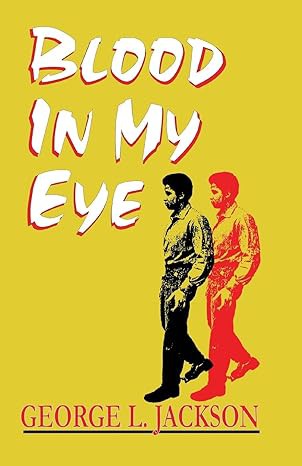
According to Jackson, fascism is international in character: “We have been consistently misled by fascism’s nationalistic trappings.” This international character of fascism, though manifesting differently, is always antagonistic to class and labour struggles. Jackson wrote, “[Fascism] is simply an arrangement of an established capitalist economy, an attempt to renew, perpetuate and legitimize that economy’s rulers by circumflexing and weighing down, diffusing a revolutionary consciousness pushing from below. Fascism must be seen as an episodically logical stage in the socio-economic development of capitalism in a state of crisis.”
Equally importantly, Jackson describes fascism as a counter-revolutionary method of attempting to resolve the inherent instability of capitalism through carceral and judicial systems. His work propelled current-day abolitionist thinking, articulating how prisons are not only tools of racial criminalization, but sites of racial capital accumulation. As scholar Ruth Wilson Gilmore puts it, prisons are a strategy under capitalism to resolve the crisis of labour, land, capital, and state capacity. Therefore, because fascism relies on capitalism and capitalism relies on prisons, anti-fascism demands the abolition of the prison.
The Black Antifascist Tradition: Fighting Back From Anti-Lynching to Abolition (2024)
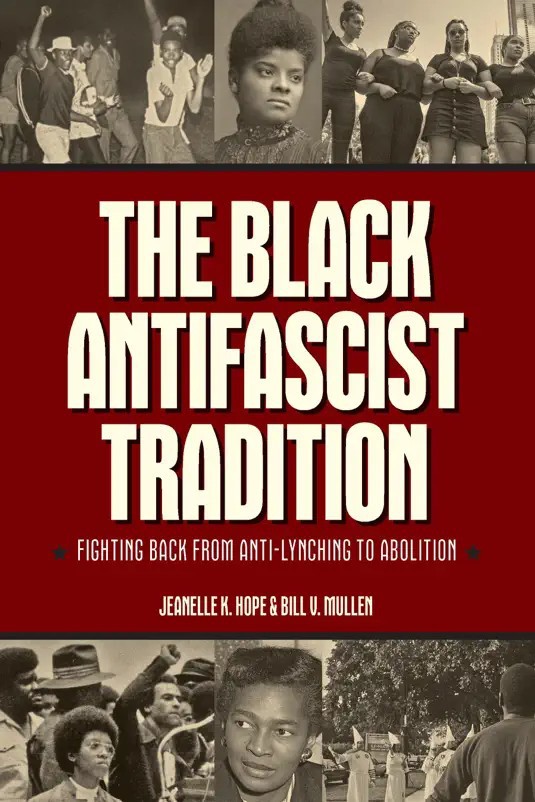
The Black Antifascist Tradition emphasizes that fascism goes back to European colonialism and U.S. settler colonialism, making connections between Nazi race laws and Jim Crow segregation. But authors Jeanelle K. Hope and Bill V. Mullen go further, arguing that fascism developed as a form of anti-Black terror and that anti-Blackness is central to all fascist ideology. Hope and Mullen suggest that what is often read narrowly as anti-racist struggle, such as self-defence squads in the 1950s and Black Lives Matter in 2020, is an underrecognized part of the anti-fascist tradition.
For example, the Black Panther Party (BPP) regularly used the terminology of fascism, even bringing together the United Front Against Fascism conference in 1969. The BPP described fascism as “the power of finance capital” which “manifests itself not only as banks, trusts and monopolies but also as the human property of finance capital – the avaricious businessman, the demagogic politician, and the racist-pig cop.”
Late Fascism: Race, Capitalism and the Politics of Crisis (2023)
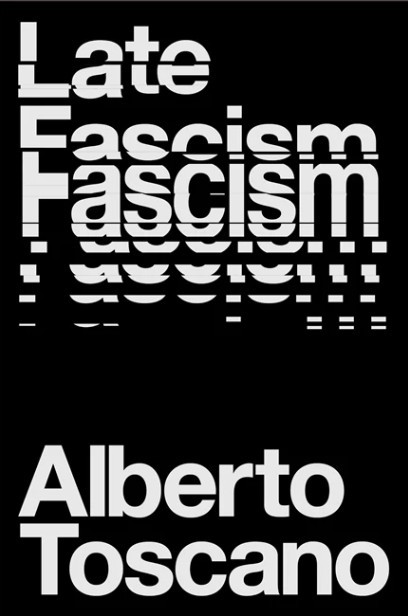
Second, fascism turns the socio-economic crises of inequity created by capitalism against those already targeted for marginalization by race, citizenship, sexuality, gender, etc. This is the anti-trans, anti-immigrant, anti-drug-user scapegoating increasingly familiar to us across Canada. Fascism is thus both applied and experienced differently across various axes of identity. Third, fascism today is a kind of anti-communist counter-revolution to prevent the ascent of a left revolutionary horizon.
Hostile Homelands: The New Alliance Between India and Israel (2023)

Under the veneer of multiculturalism in Canada, for example, this looks like the push for the International Holocaust Remembrance Alliance definition of antisemitism to stifle Palestinian advocacy, and the lesser known but equally dangerous attempts to codify “Hinduphobia” to squash organizing against Hindutva. Perhaps most importantly, this book helps us discern fascist trends beyond the imperial core to truly grasp the international character of fascism.
For Antifascist Futures: Against the Violence of Imperial Crisis (2022)
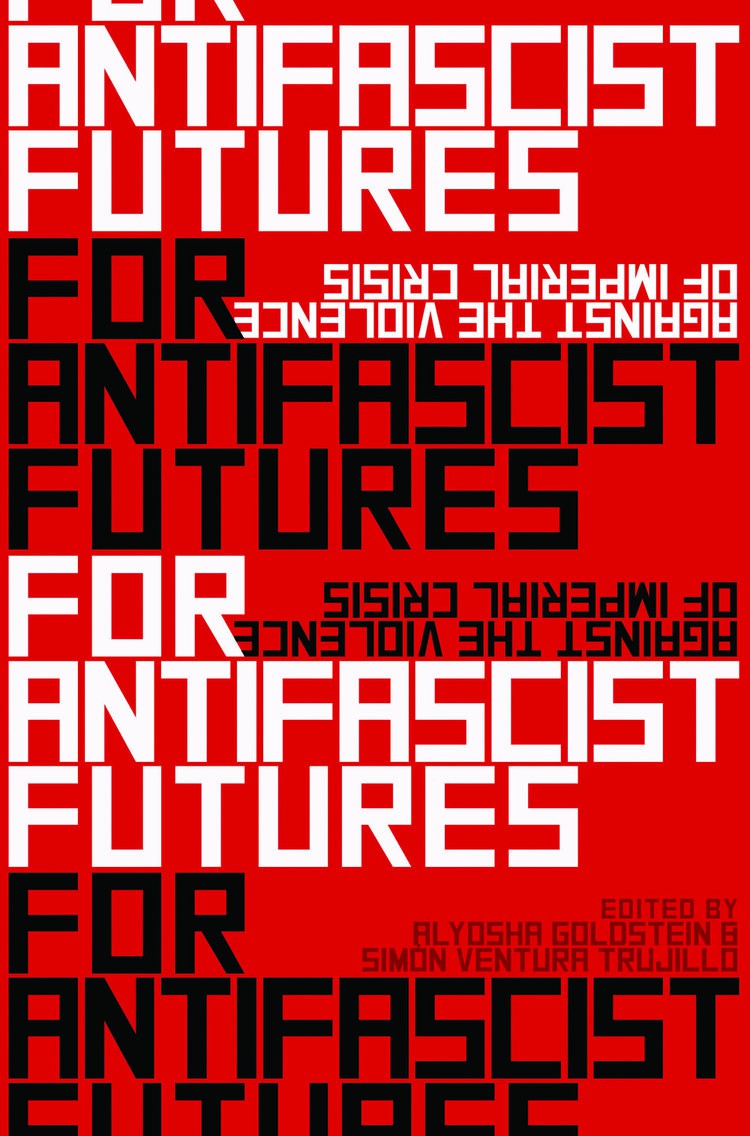


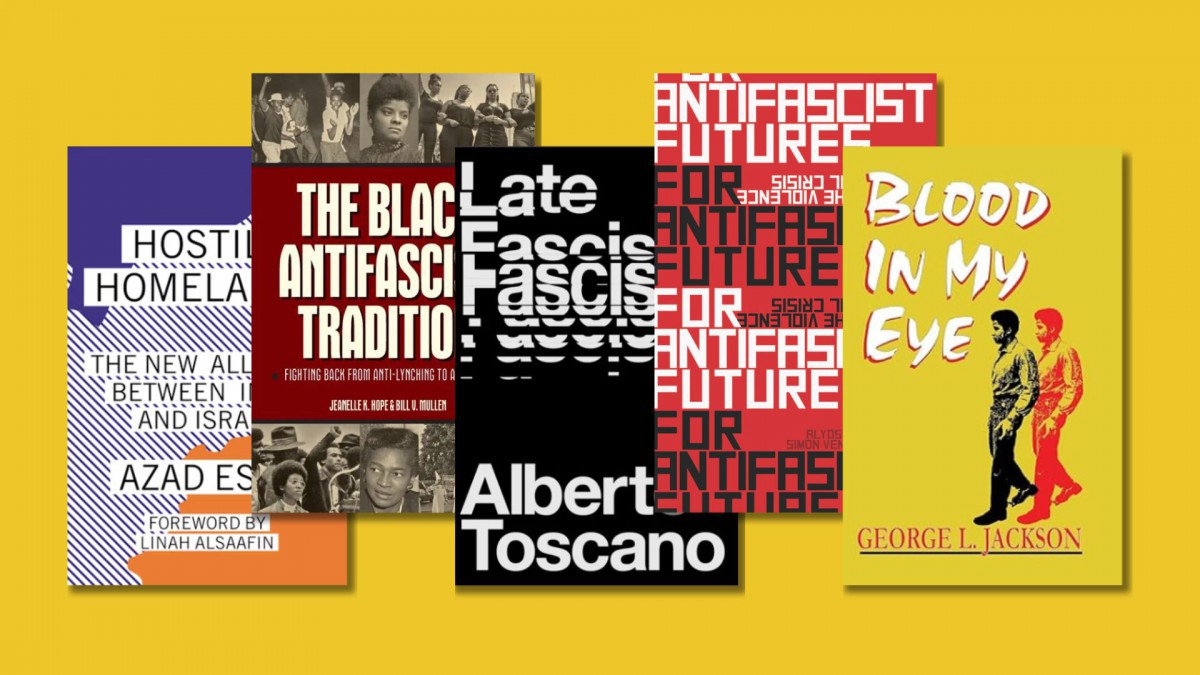
_780_520_s_c1_c_t.png)

_780_520_s_c1.png)

